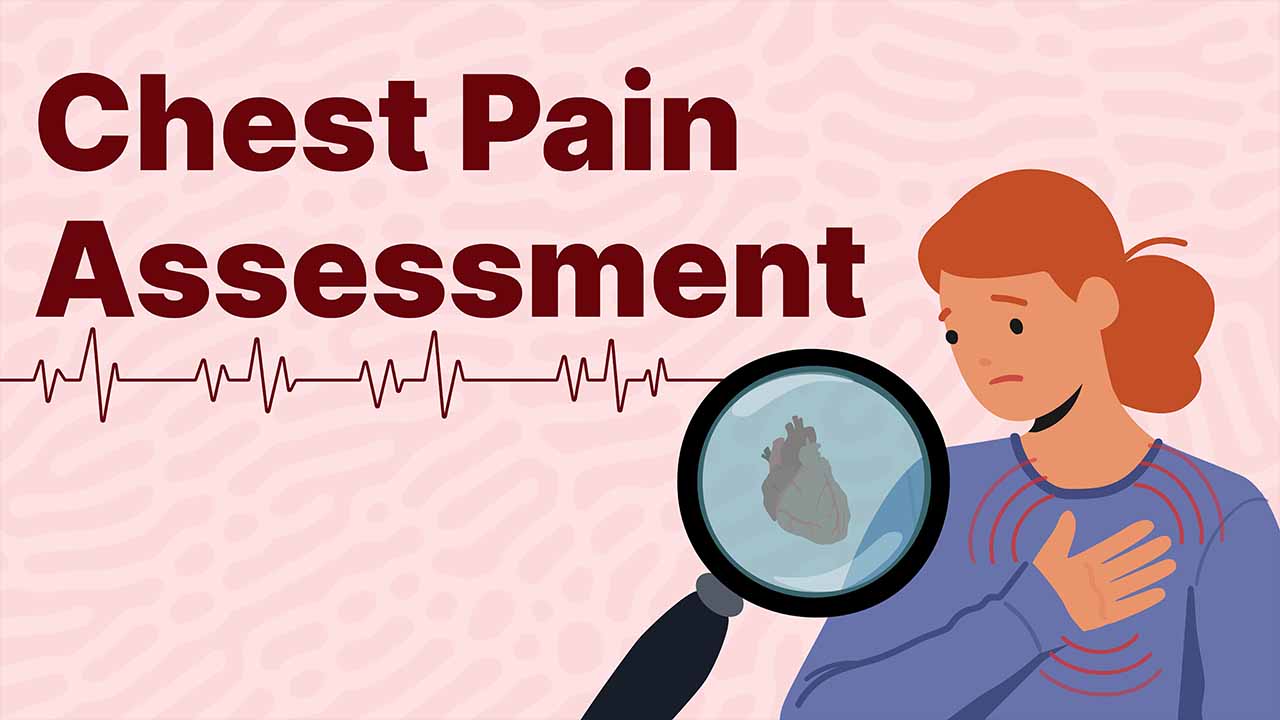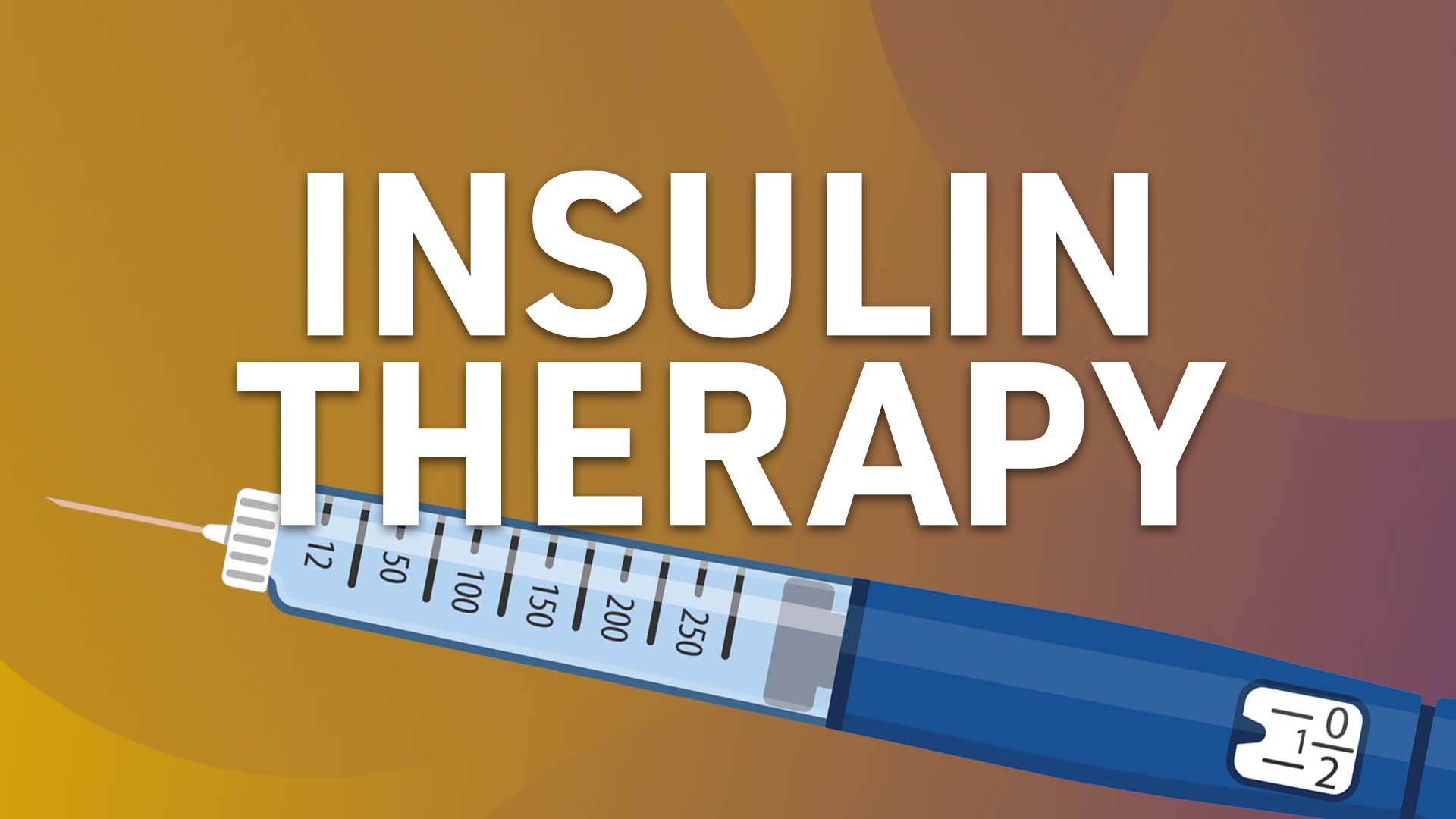Chest Pain Assessment


Content
What you'll learn:
Explain the critical role of chest pain assessments in practice.
Differentiate between the various types of chest pain and their indicated causes.
Understand how to conduct a safe, efficient and thorough chest pain assessment.
Identify and understand key presentations of chest pain and their degree of urgency.
Confidently apply best-practice management strategies in events of either cardiac or non-cardiac chest pain.
Who it's for:
Why it's needed:
Every year, over 500,000 people present to emergency departments in Australia with signs and symptoms indicative of a possible heart attack. Though over 80% of these people presenting with chest pain are ultimately not experiencing acute coronary syndromes (ACS), a thorough chest pain assessment is necessary in all of these cases.
With this in mind, education providing an up-to-date and optimised approach to conducting chest pain assessments is essential in order to combat the considerable time and resources these assessments take within our already strained healthcare system.
Purpose:
Topics
Assign mandatory training and keep all your records in-one-place.
Find out more
Recommended resources





 Free
Free



 New
New